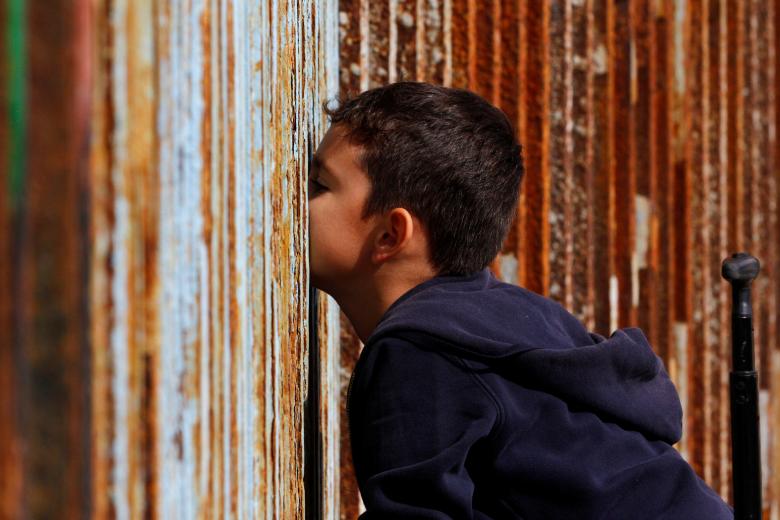Filiz Garip, a professor of sociology at Cornell University and a Public Voices fellow with the OpEd Project, is the author of “On the Move: Changing Mechanisms of Mexico-U.S. Migration.” And he just recenty wrote a collaboration with Reuters, showcasing the futility of a Mexico _ US wall.
Building a wall to control immigration from Mexico is hardly a new idea. In October 2006, President George W. Bush signed the Secure Fence Act to authorize and partially fund the construction of 700 miles of steel fences and other hurdles along the Mexican border. “This bill will help protect the American people,” Bush said at the time. “This bill will make our borders more secure.”
A wall has an obvious appeal. It represents a concrete and visible effort to keep immigrants out; it carries great symbolic power. It is a perfect policy for allaying the concerns of an electorate who might see immigrants as a source of their economic misfortune or a threat to national security. But would it really keep immigrants from illegally entering the United States?

A boy talks to his relatives across a fence separating Mexico and the United States, in Tijuana, Mexico, November 12, 2016. REUTERS/Jorge Duenes
From 1965 to 2010, the United States spent over $40 billion (adjusted to 2010 values) to securing the border. These funds supported not just the fence and technology to prevent clandestine crossing, but also the number of officers patrolling the border, which increased from 1,500 in 1965 to over 20,000 in 2010.
Spending on the border first spiked after the 1986 Immigration Reform and Control Act (IRCA) – major legislation that increased border enforcement and imposed sanctions on employers hiring undocumented workers, and also opened the path to legalization for 2.3 million Mexicans already in the United States.
Click here for full article on Reuters
Source: http://www.reuters.com/



Comments are closed.